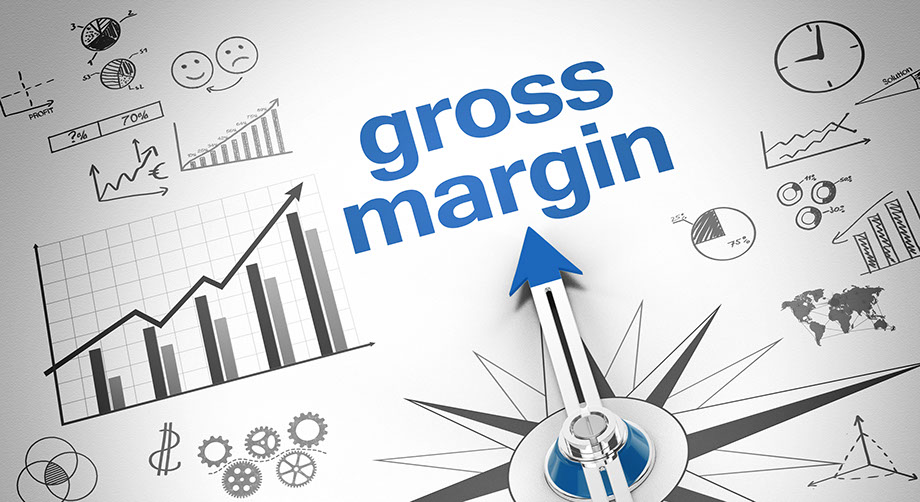Improvement
Increased Gross Profit Margin
This article: Owners who focus on minimizing their company’s gross margins often unlock substantial value. By definition, this means minimizing cost of goods sold. The best investment most owners can make is upgrading the company’s purchasing function. Professional materials management pays for itself many times over and helps create market value. Companies can benefit greatly from installing cutting-edge inventory management and other throughput management systems. (Robert T. Slee, The Exit Strategy Handbook, fourth edition, p. 66).
Definition: Gross profit margin is a financial metric used to assess a company's financial health and business model by revealing the proportion of money left over from revenues after accounting for the cost of goods sold (COGS). Gross profit margin, also known as gross margin, is calculated by dividing gross profit by revenues. (Investopedia.com).
Example: Assume a company with $20,000,000 in revenue has a cost of goods sold of $12,000,000. Management works diligently for a period of time and decreases cost of goods sold by 5%. The company should enjoy an increase in its gross profit margin by about $600,000. This amount might fall to the bottom line as pre-tax profits, assuming no increases in selling, general and administrative expenses.
KPIs: The guess-work about the percentage of gross profit margin for a company should be eliminated by knowing the company’s SIC Code (Standard Industrial Classification). (See Industry Comparative Report on The Discovery Analysis™ section of the home page of this website).

Borrowing base: A company's purchasing department is an ideal starting point regarding this subject. Are purchasing agents shopping the best quality for the best possible price? Have they asked for discounts based upon certain volume of purchases? Is the accounting department paying those discounts and reflecting them properly in cost of goods sold? Are people in purchasing receiving some type of benefit or reward (kickbacks) from the vendors to keep the purchase price of materials high?
Service: Many companies have payroll and service providers in cost of goods sold. If so, can these costs be reduced? Are the costs being recorded properly in cost of goods sold? Is the company incurring a lot of overtime due to inefficiencies? Have RFPs (requests for proposals) been made for the company’s service providers? Should some of these costs be capitalized into work-in-progress instead of being expensed to cost of goods sold?
Inventory: Inventory has a direct correlation to gross profit margin. Is the company properly relieving inventory from the balance sheet into cost of goods sold? Has there been theft of inventory (internal or external) that is causing cost of goods sold to be incorrect? Is inventory being properly handled in order to minimize damaged goods and/or obsolescence?
Matching: The matching principle of accounting should be used to match revenue and expenses (using the accrual basis of accounting). For example, could a customer not have been invoiced $100,000 at month end but the expenses related to that invoice are included in cost of goods sold? If so, the matching principle of accounting has been violated and the gross profit margin may be incorrect.
Software: Updated and upgraded inventory management systems are critical if the company has cost of goods sold. Most companies belong to an industry organization. An owner might ask the industry organization about the most cutting-edge software the industry organization recommends to be used to manage inventory and cost of good sold.
Banking: A company might have a gross profit margin of 32.5%. The SIC Code of the industry might have an average gross profit margin of 25%. The 7.5% will be noticed immediately by bankers in the event the company asks for a loan or a loan renewal. The 7.5% will become an issue with the bank and a company would be wise to provide specific details about the variance.
